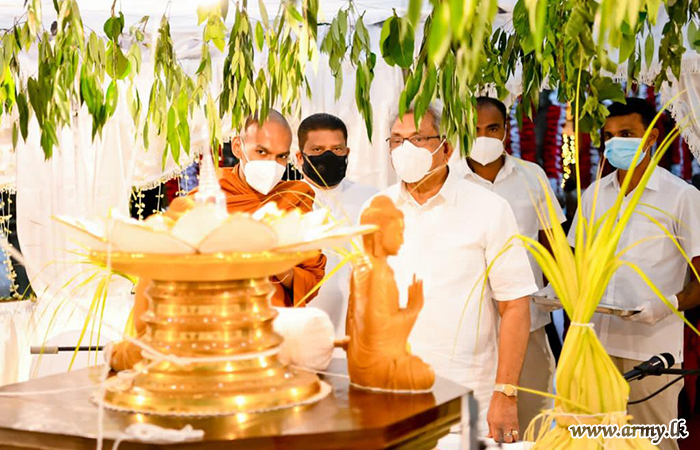
Sri Lankan President Gotabaya Rajapaksa ordered the commencement of ‘Pirith’ chanting and the distribution of over 700 Buddha statues among temples across the island last week, in an apparent bid to eradicate the coronavirus pandemic.
The ‘Pirith’ chanting will continue day and night until 9 December 2020. After the 21-days of chanting 100,000 'Pirith' water containers will be distributed among all tri-service establishments including Police and COVID-19 affected areas of the country. The water will also be sprinkled from the air, to “invoke blessings to eradicate Covid-19.”
Several political figures were in attendance at the “Pirith” commencement including, Lalith Weeratunga the Principal Advisor to President, Secretary Defence, alleged war criminal Shavendra Silva, Chief of Defence Staff, and Commander of the Army, Navy, and Air Force Commanders.
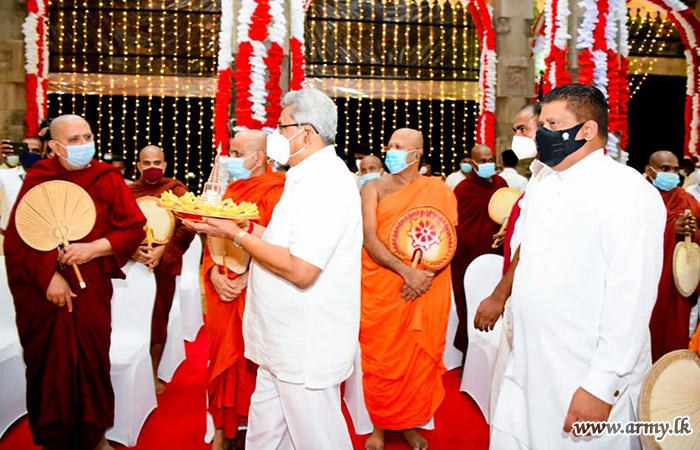
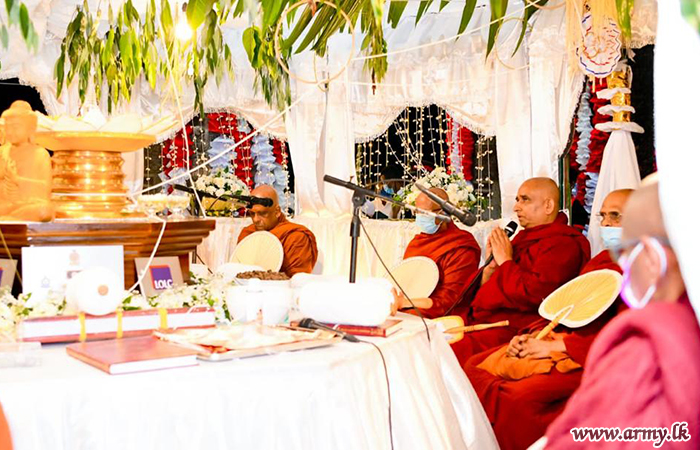
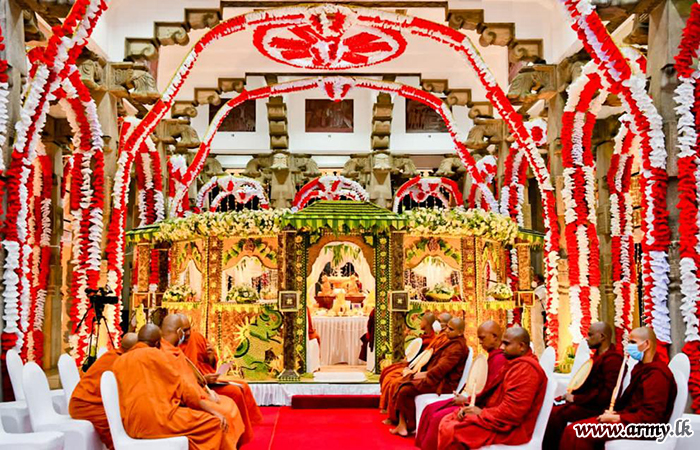
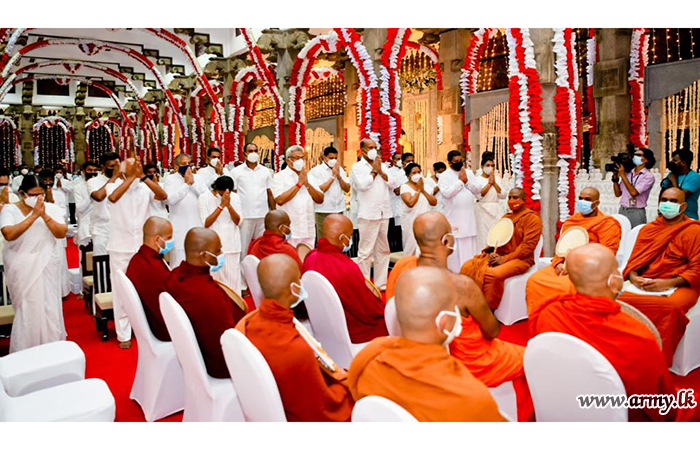
Within the past, many Buddhist statues and temples have been constructed in Tamil areas, often replacing or damaging Tamil Hindu temples, which many locals call yet another government-sponsored act of Sinhalisation of the Tamil North-East.
The US State Department Report on International Religious Freedom in 2016 stated that the construction of Buddhist statues in non-Buddhist areas of the North-East leaves the perception of “Buddhist Sinhalese religious and cultural imperialism.”
In 2018, a Sinhala Buddhist monk constructed a large Buddha statue encroaching on Neeraviyadi Pillaiyar Kovil in Semmalai and a Tamil language sign indicating the Hindu temple was destroyed and replaced with a Sinhala sign. Last year, the Mullaitivu Magistrate’s Court ruled in favor of the Neeraviyadi Pillaiyar, confirming its longstanding existence in Semmalai. Ignoring the court ruling, the Sri Lankan army set up a sham archaeological museum opposite the temple, claiming the artifacts were from the area and belonged to the disputed Buddhist vihara next to the temple, highlighting that Tamils are not even protected legally from this encroachment.
Read more here.




